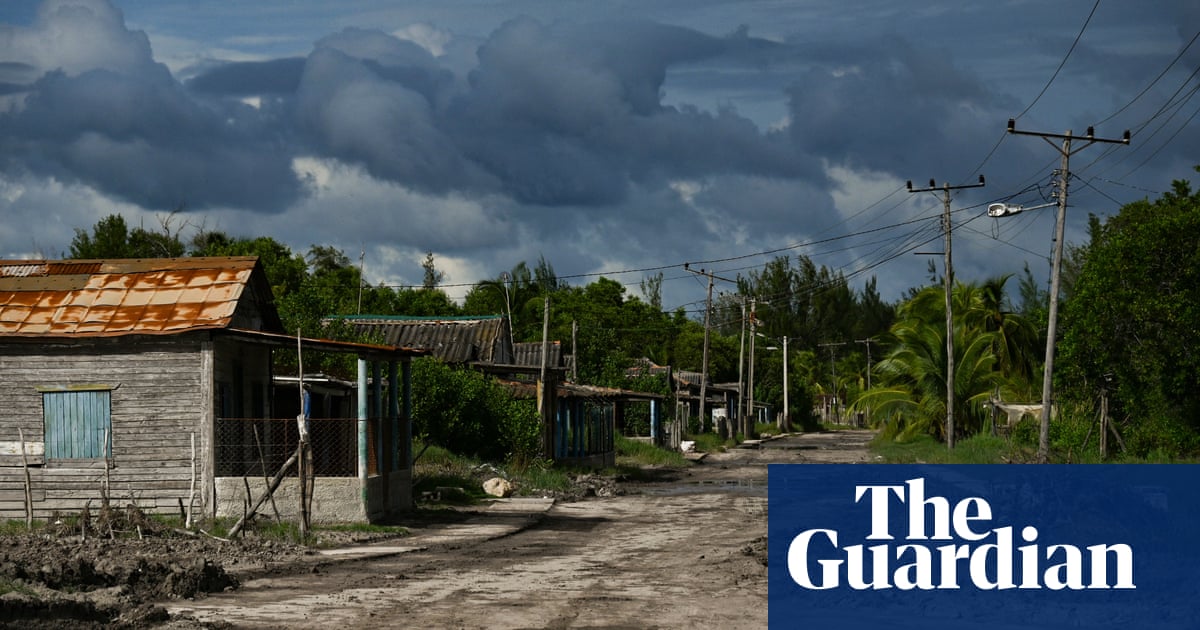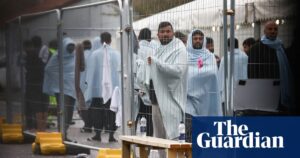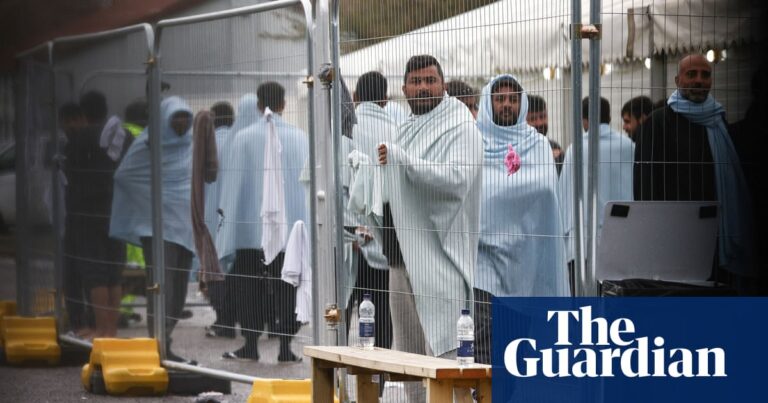
Cuba is bracing for Hurricane Rafael, which is expected to make landfall on Wednesday and compound the misery wrought by a recent blackout and Hurricane Oscar.
Early on Wednesday it was about 160 miles (260km) south-east of Havana and packing winds of 99mph (160km/h), making it a category 2 hurricane on the Saffir-Simpson scale. Five is the strongest.
The National Hurricane Center in the US said the storm would become a major hurricane before it makes landfall, bringing with it a “life-threatening storm surge, damaging hurricane-force winds, and flash flooding”.
Writing on X, Cuba’s meteorological institute, Insmet, said it expected Rafael to be “very close to a category 3” when it slams into the west of the island, between Pinar del Río and Artemisa provinces.
Nine provinces in west and central Cuba, including the capital Havana, have been placed on cyclone alert. According to Cuban media, more than 70,000 people have been evacuated from their homes, mostly in Guantánamo in the east, where eight people were killed by Hurricane Oscar last month.
While Guantánamo is not expected to experience hurricane conditions, persistent rain this week has left the ground saturated.
The office of the Cuban president, Miguel Diaz-Canel, reported on Tuesday that it was mobilising the National Defense Council, consisting of military personnel, due to the storm. “We have activated the National Defense Council to provide the maximum attention to the passage of Hurricane Rafael,” Diaz-Canel said on X.
“Measures have been taken in each place to protect our people and material resources,” he added. “As we have always done since the Revolution, we will overcome this situation.”
Hurricane Oscar lashed Cuba last month as it was in the throes of a four-day nationwide blackout caused by the failure of the island’s biggest power plant and a fuel shortage.
In Havana, state television showed workers clearing drains, collecting garbage and cutting back trees to prepare for Rafael. In the village of Alquizar, about 30 miles (50km) south-west of Havana, Liset Herrera, 57, said she had been unable to follow the news about Rafael “because there is no electricity”.
Further south, in the coastal village of Guanimar, Marisol Valle, a 63-year-old farmer, came home briefly to collect some belongings.She said that after the villagers had been evacuated “there didn’t appear to be a soul left”.
The US state department urged citizens to reconsider any travel to Cuba in light of the weather conditions.
Also in the US, forecasters were expecting Rafael to weaken as it moved north toward the US Gulf coast, though it was still predicted to bring heavy rains into Florida and nearby areas of the south-east US by the late part of the week.
The National Hurricane Center predicted storm surges in Florida could reach 1-3ft in Dry Tortugas – and 1-2ft in the lower Florida Keys. A few tornadoes also were expected Wednesday over the Keys and south-western Florida.
Source: theguardian.com


















